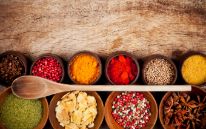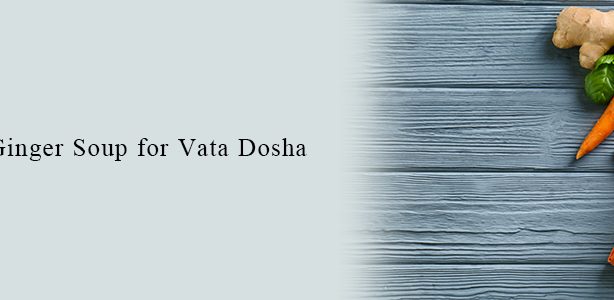In Ayurveda, there are six different types of tastes or rasas found in our diet. These tastes are made from the five elements of our doshas – fire, air, ether (space), water, and earth. It is recommended that one include all kinds of tastes in their meals for optimum health. This will help the human body get adequate nutrition and improve overall health.
Sweet (Madhura)
The sweet taste comprises the elements of earth and water, and it balances the Vata and Pitta. The taste is derived from natural sugars. When consumed in moderate quantities, the sweet taste can help balance hormones, promote longevity, and is said to be cooling, grounding, and nourishing. On the contrary, if consumed in excess quantities, it can lead to weight gain, diabetes, and heart diseases. We can find sweet taste in rice, milk products, honey, and sweet fruits.
Sour (Amla)
The sour taste makes up the elements of earth and fire, and it can stimulate the pitta and Kapha doshas of the body. This taste improves one’s appetite, digestion, and elimination of food waste and aid saliva production. We can find sour taste in curd, berries, pickles, fermented food, lemon, vinegar, cheese, and citrus fruits. However, if taken in large quantities, it may lead to diarrhoea, excessive thirst, hyperacidity, and aggression in the body.
Salty (Lavana)
This taste comprises the water and fire elements, and it balances the Vata dosha and aggravates the Pitta and Kapha doshas. The salty taste is said to improve taste, increase saliva production, augment digestion, cleanse tissues, improve absorption of minerals, and promote electrolyte balance. But, if consumed more, it can have a negative impact on the skin and blood. We can find salt in sea salt, soya sauce, rock salt, seafood, including vegetables, and processed food.
Pungent (Katu)

The spicy or pungent flavor is a combination of fire and air. It balances the Kapha and aggravates the Pitta and Vata. This taste is said to warm up the body, clear toxins and sinuses, and remove excess fat. It stimulates digestion, encourages sweating, and improves blood circulation. Excess consumption of pungent food can lead to extreme drying, excess thirst, imbalance in the nervous and reproductive system, irritability, anxiousness, digestive discomfort, and aggression. Pungent food includes ginger, garlic, hot spices, mustard, onions, chili, and hot pepper.
Bitter (Tikta)
The bitter taste is made up of air and space elements and is considered the most cooling and lightest of all the six tastes. This taste is said to be detoxifying in nature and aids the removal of waste and toxic material from the body. The bitter taste is best suited for Pitta and Kapha doshas, but it aggravates Vata dosha. We can find the taste in green leafy vegetables, bitter melon, olives, coffee, sesame seeds and oil, brinjal, spices, saffron, and turmeric. However, bitter taste should be consumed in moderation during pregnancy.
Astringent (Kashaya)
The astringent taste is made up of air and earth and is said to be a dry flavor. Those with Vata need to consume this taste in moderation as it can cause gas. Astringent taste slows down digestion and lightens the body. Astringent food can help repair wounds, fight diarrhea and water retention in the body, and is said to be anti-inflammatory. We can find the taste in unripe bananas, tea, coffee, pomegranates, green beans, cranberries, turnips, legumes, grains, and pears. This taste is good for Pitta and Kapha doshas.



